Interstellar clouds, often referred to as nebulae, are vast regions of space filled with gas and dust that exist between the stars in a galaxy. These clouds are not merely empty voids; they are dynamic environments that play a crucial role in the lifecycle of stars and the formation of planetary systems. The study of interstellar clouds provides insights into the processes that govern the universe, from the birth of stars to the eventual death of galaxies.
The significance of interstellar clouds extends beyond their aesthetic beauty, often depicted in stunning images captured by telescopes. They serve as the raw material for star formation, acting as the cradle for new celestial bodies.
As we delve deeper into the nature of interstellar clouds, we uncover not only their physical properties but also their profound implications for the cosmos and our place within it.
Key Takeaways
- Interstellar clouds are vast regions of gas and dust in space, where new stars and planetary systems are born.
- These clouds are composed of various elements and molecules, including hydrogen, helium, and complex organic compounds.
- Interstellar clouds can form through the cooling and condensation of gas and dust, and they can evolve over millions of years.
- The gravitational collapse of interstellar clouds can lead to the formation of protostars and eventually, new planetary systems.
- Studying interstellar clouds can provide valuable insights into the origins of our own solar system and the potential impacts of these clouds on Earth and the solar system.
Composition and Structure of Interstellar Clouds
Interstellar clouds are primarily composed of hydrogen molecules, which account for about 75% of their mass. Helium follows as the second most abundant element, making up roughly 24%. The remaining 1% consists of heavier elements, often referred to as “metals” in astronomical terms, which include carbon, oxygen, nitrogen, and various trace elements.
These heavier elements are crucial for the formation of complex molecules and dust grains that contribute to the cloud’s overall structure and behavior. The structure of interstellar clouds can vary significantly depending on their density and temperature. They can be categorized into different types, such as molecular clouds, diffuse clouds, and H II regions.
Molecular clouds are dense and cold, often serving as the primary sites for star formation. In contrast, diffuse clouds are less dense and warmer, containing fewer molecules and more ionized gas. H II regions are areas where young stars have ionized the surrounding gas, creating a hot, glowing environment.
The interplay between these different types of clouds creates a complex tapestry in the interstellar medium, influencing star formation rates and the chemical evolution of galaxies.
Formation and Evolution of Interstellar Clouds
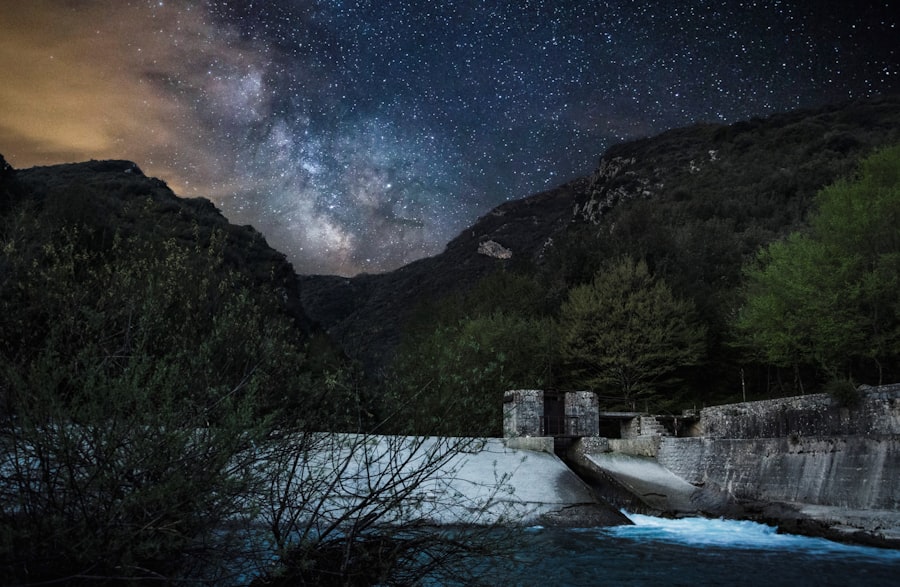
The formation of interstellar clouds is a process that begins with the cooling and condensation of gas in the universe. As the universe expanded after the Big Bang, regions of slightly higher density began to collapse under their own gravity, leading to the accumulation of gas and dust. Over time, these regions can grow into larger structures known as molecular clouds.
The process is often influenced by external factors such as shock waves from supernovae or collisions between galaxies, which can compress gas and trigger further cloud formation. Once formed, interstellar clouds undergo a complex evolution influenced by various physical processes. Turbulence within these clouds can lead to fragmentation, creating smaller clumps that may eventually collapse to form stars. Additionally, radiation from nearby stars can heat parts of the cloud, causing them to disperse or evolve into different types of nebulae. The lifecycle of an interstellar cloud is marked by continuous change; it can give birth to new stars while simultaneously being eroded or transformed by external forces.
This dynamic nature highlights the interconnectedness of cosmic phenomena and emphasizes the importance of studying these clouds in understanding galactic evolution.
Role of Interstellar Clouds in Star Formation
| Interstellar Cloud | Role in Star Formation |
|---|---|
| Molecular Clouds | Provide the raw material for star formation, as they are dense and cold enough for gravity to overcome internal gas pressure |
| Dark Clouds | Act as nurseries for new stars, as their high density and low temperature allow for the formation of protostars |
| Bok Globules | Form small, isolated pockets within larger molecular clouds, where star formation can occur due to gravitational collapse |
Interstellar clouds are often referred to as the “nurseries” of stars due to their critical role in star formation. Within dense molecular clouds, regions of higher density can collapse under gravitational forces, leading to the birth of new stars. This process begins when a portion of the cloud becomes gravitationally unstable, causing it to contract and increase in density.
As the material collapses, it heats up due to gravitational energy being converted into thermal energy, eventually forming a protostar at its core. The environment within these clouds is conducive to star formation because they contain not only hydrogen but also other molecules such as carbon monoxide (CO) and ammonia (NH3), which can facilitate cooling processes. As a protostar forms, it continues to accrete material from its surroundings, growing in mass and temperature until nuclear fusion ignites in its core.
This marks the transition from a protostar to a main-sequence star. The surrounding cloud material may also fragment further, leading to the formation of multiple stars in a single region—a phenomenon observed in stellar clusters.
Interstellar Clouds and the Origin of Planetary Systems
The relationship between interstellar clouds and planetary systems is profound and intricate. As stars form within these clouds, they often do so within a rotating disk of gas and dust known as a protoplanetary disk. This disk is a remnant of the material that did not collapse into the star itself and serves as the building block for planets.
Over time, particles within this disk collide and stick together through various processes such as electrostatic attraction or gravitational interactions, leading to the formation of planetesimals—small bodies that can grow into planets. The composition of interstellar clouds directly influences the types of planets that can form around new stars. For instance, if a cloud is rich in heavy elements, it may lead to the formation of rocky planets like Earth or Mars.
Conversely, a cloud with a higher proportion of lighter gases may result in gas giants like Jupiter or Saturn. The diversity observed in planetary systems across our galaxy can be traced back to the varying compositions and conditions present in their parent interstellar clouds.
Investigating the Mysteries of Interstellar Clouds
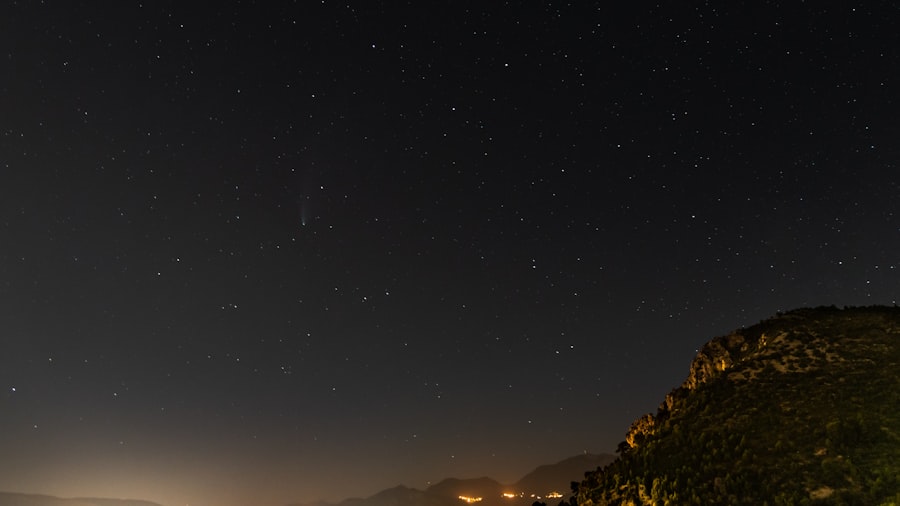
The study of interstellar clouds has evolved significantly with advancements in observational technology. Astronomers utilize various wavelengths—from radio waves to infrared and optical light—to probe these enigmatic structures. Radio telescopes can detect emissions from molecules like CO, providing insights into cloud density and temperature.
Infrared observations allow astronomers to peer through dust obscuration and observe star-forming regions directly. One notable example is the Atacama Large Millimeter/submillimeter Array (ALMA) in Chile, which has revolutionized our understanding of molecular clouds by providing high-resolution images that reveal intricate details about their structure and dynamics. Observations from ALMA have shown how turbulence within these clouds influences star formation rates and how different regions evolve over time.
Additionally, space-based observatories like the Hubble Space Telescope have captured stunning images of nebulae, allowing scientists to study their morphology and chemical composition.
Potential Impacts of Interstellar Clouds on Earth and the Solar System
While interstellar clouds exist vast distances away from Earth, they can still have significant impacts on our solar system. For instance, when a nearby supernova occurs, it can send shock waves through space that compress interstellar clouds, potentially triggering new star formation events. If such a cloud were to interact with our solar system, it could influence its dynamics or even lead to changes in our own star’s lifecycle.
Moreover, interstellar clouds are thought to play a role in delivering organic materials to planetary bodies. Studies suggest that comets and asteroids formed from material in these clouds may carry complex organic molecules that could have contributed to the emergence of life on Earth. The delivery of water-rich materials from these bodies could also have been crucial for creating habitable conditions on our planet.
Future Exploration and Study of Interstellar Clouds
The future exploration of interstellar clouds promises exciting developments in our understanding of cosmic phenomena. Upcoming missions such as NASA’s James Webb Space Telescope (JWST) aim to provide unprecedented views into these regions by observing them in infrared wavelengths. JWST’s capabilities will allow scientists to study star formation processes in greater detail than ever before, potentially uncovering new insights into how stars and planetary systems evolve.
Additionally, advancements in computational astrophysics will enable researchers to simulate complex interactions within interstellar clouds more accurately. These simulations can help predict how different environmental factors influence star formation rates or how molecular clouds evolve over time. As technology continues to advance, our ability to investigate interstellar clouds will deepen our understanding not only of star formation but also of the fundamental processes that shape our universe.
In conclusion, interstellar clouds are not just fascinating cosmic structures; they are integral components of galactic evolution and play a pivotal role in shaping stars and planetary systems. Their study opens up avenues for understanding not only our own solar system’s history but also the broader narrative of cosmic evolution across time and space. As we continue to explore these enigmatic regions with cutting-edge technology and innovative research methods, we move closer to unraveling the mysteries they hold within their vast expanses.
If you are interested in exploring mathematical modeling in real-world scenarios, you may find the article Real-World Examples of Mathematical Modelling to be a fascinating read. This article delves into how mathematical concepts are applied in various fields to solve complex problems and make informed decisions. It provides insights into the practical applications of mathematical modeling in different industries and situations.



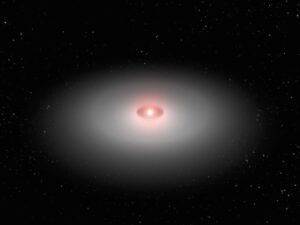






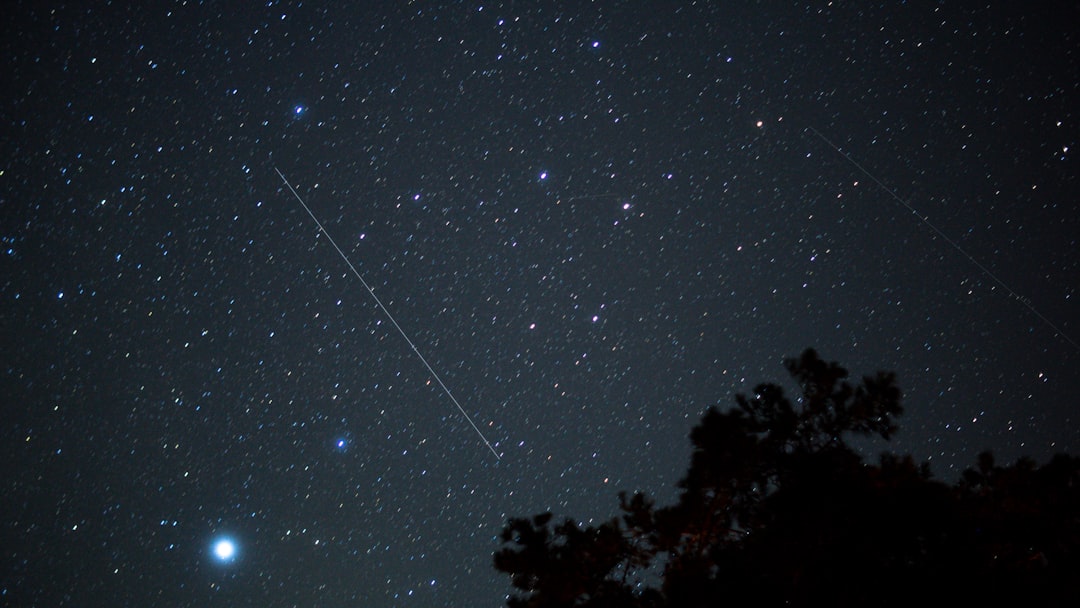


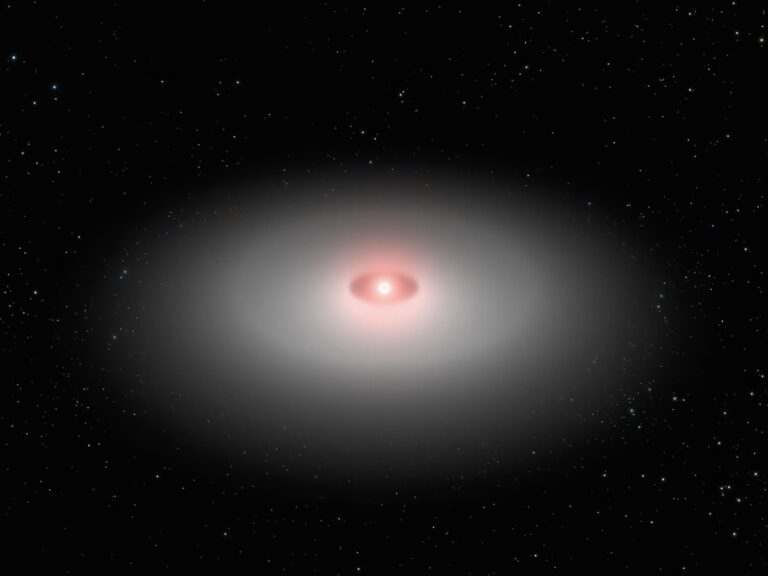



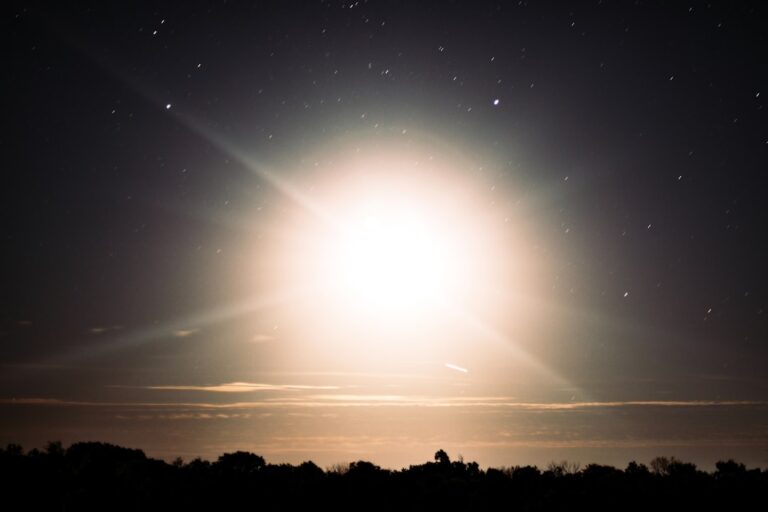



+ There are no comments
Add yours